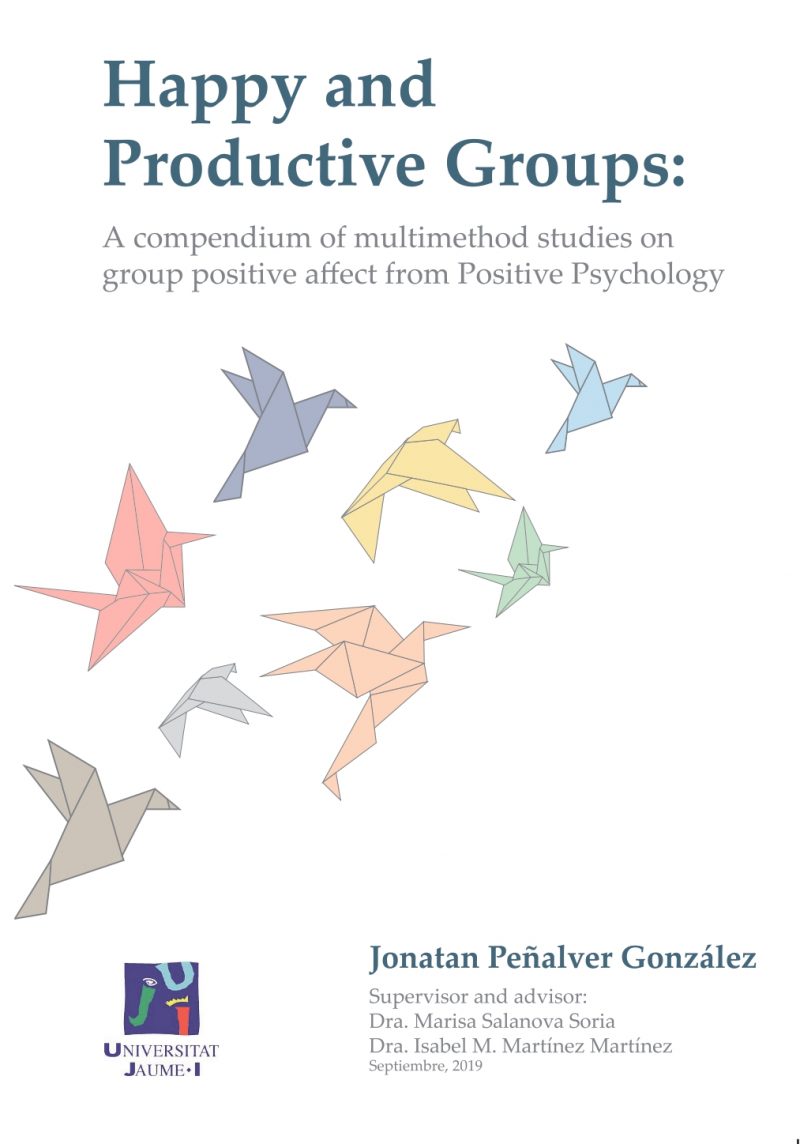[fusion_builder_container hundred_percent=»yes» overflow=»visible»][fusion_builder_row][fusion_builder_column type=»1_1″ background_position=»left top» background_color=»» border_size=»» border_color=»» border_style=»solid» spacing=»yes» background_image=»» background_repeat=»no-repeat» padding=»» margin_top=»0px» margin_bottom=»0px» class=»» id=»» animation_type=»» animation_speed=»0.3″ animation_direction=»left» hide_on_mobile=»no» center_content=»no» min_height=»none»][fusion_imageframe lightbox=»no» gallery_id=»» lightbox_image=»» style_type=»none» hover_type=»none» bordercolor=»» bordersize=»0px» borderradius=»0″ stylecolor=»» align=»center» link=»» linktarget=»_self» animation_type=»0″ animation_direction=»down» animation_speed=»0.1″ animation_offset=»» hide_on_mobile=»no» class=»» id=»»]
 [/fusion_imageframe][/fusion_builder_column][fusion_builder_column type=»1_1″ background_position=»left top» background_color=»» border_size=»» border_color=»» border_style=»solid» spacing=»yes» background_image=»» background_repeat=»no-repeat» padding=»» margin_top=»0px» margin_bottom=»0px» class=»» id=»» animation_type=»» animation_speed=»0.3″ animation_direction=»left» hide_on_mobile=»no» center_content=»no» min_height=»none»][fusion_title size=»1″ content_align=»left» style_type=»default» sep_color=»» margin_top=»» margin_bottom=»» class=»» id=»»]
[/fusion_imageframe][/fusion_builder_column][fusion_builder_column type=»1_1″ background_position=»left top» background_color=»» border_size=»» border_color=»» border_style=»solid» spacing=»yes» background_image=»» background_repeat=»no-repeat» padding=»» margin_top=»0px» margin_bottom=»0px» class=»» id=»» animation_type=»» animation_speed=»0.3″ animation_direction=»left» hide_on_mobile=»no» center_content=»no» min_height=»none»][fusion_title size=»1″ content_align=»left» style_type=»default» sep_color=»» margin_top=»» margin_bottom=»» class=»» id=»»]
.

DATOS DE LA TESIS:
- Título: Happy and Productive Groups: A compendium of multimethod studies on group positive affect from Positive Psychology.
- Autor: Jonathan Peñalver González
- Directoras: Marisa Salanova e Isabel M. Martínez
- Año de publicación: 2019
- Contacto: jpenalve@uji.es
RESUMEN:
El objetivo principal de la tesis doctoral es apotar valor agregado a la investigación sobre el afecto positivo grupal, avanzando en su comprensión a través de evidencia teórica y empírica. Este objetivo se ha puesto en práctica en tres desafíos de investigación diferentes:
Reto 1. ¿Cuál es la relación entre el afecto positivo grupal y el desempeño grupal?
Reto 2. ¿Cuáles son los antecedentes organizacionales del afecto positivo grupal?
Reto 3. ¿En qué circunstancias los altos niveles de afecto positivo grupal conducen a bajos niveles de desempeño grupal?
Con el fin de abordar los desafíos antes mencionados en la investigación de afecto positivo grupal, esta tesis doctoral se compone de seis capítulos. En primer lugar, se presenta una revisión integradora de la investigación sobre afecto positivo grupal (Capítulo 2). En segundo lugar, tres estudios empíricos (capítulos 3, 4 y 5) examinan la relación entre el afecto positivo grupal y sus consecuencias (i.e., desempeño grupal, Capítulo 3) y antecedentes (i.e.., antecedentes organizacionales, Capítulo 4). Específicamente, el Capítulo 5 arroja luz sobre patrones anómalos, es decir, cuando el afecto positivo del grupo no está relacionado con el desempeño del grupo. Todos estos capítulos están enmarcados por una introducción general (Capítulo 1) y conclusiones generales (Capítulo 6). Con respecto al método, se han utilizando diferentes muestras (i.e., estudiantes universitarios de diferentes grados, organizaciones españolas pequeñas y medianas de diferentes sectores económicos), diferentes evaluadores (i.e., miembros del grupo, supervisor, expertos), diferentes niveles de análisis (i.e., grupo, organización) y diferentes métodos estadísticos (i.e., modelado de ecuaciones estructurales, modelado lineal jerárquico, análisis de conglomerados, análisis discriminante). Finalmente, se discuten las implicaciones prácticas de los resultados, seguidas de limitaciones y futuras direcciones de investigación.
ABSTRACT:
The main purpose of the present dissertation is to provide added value to group positive affect research, advancing its understanding through theoretical and empirical evidence. This aim has been operationalized in three different research challenges:
Challenge 1. What is the relationship between group positive affect and group performance?
Challenge 2. What are the organizational antecedents of group positive affect?
Challenge 3. Under what circumstances do high levels of group positive affect lead to low levels of group performance?
In order to address the aforementioned challenges in group positive affect research, this dissertation is composed of six chapters. Opening the dissertation, an integrative review of the group positive affect research is presented (Chapter 2). Later, three empirical studies (Chapters 3, 4 and 5) examine the relationship between group positive affect and its consequences (i.e., group performance, Chapter 3) and antecedents (i.e., organizational antecedents, Chapter 4). Specifically, Chapter 5 sheds light on anomalous patterns, that is when group positive affect is not related to group performance. All these chapters are framed by a general introduction (Chapter 1) and general conclusions (Chapter 6). With regard to the method, different samples (i.e., university students from different degrees, small and medium-sized Spanish organizations from different economic sectors), different raters (i.e., group members, supervisor, experts), different level of analysis (i.e., group, organization), and different statistical methods (i.e., Structural Equation Modelling, Hierarchical Linear Modelling, Cluster analysis, Discriminant analysis) have been used. Finally, the practical implications of our results are discussed, followed by limitations and future research directions.
CONTENTS:
Chapter 1: General Introduction.
Chapter 2: Group positive affect and beyond: An integrative review and future research agenda.
Chapter 3: Happy-productive groups: How positive affect is linked to performance through social resources.
Chapter 4: What makes a group happy? Enhancing group positive affect through multilevel antecedents.
Chapter 5: Is there a limit to positivity? Glimpsing a new configuration of happy-productive groups.
Chapter 6: General Conclusions.
ARTÍCULOS PUBLICADOS/PUBLISHED ARTICLES:
Peñalver, J., Salanova, M., Martínez, I. M., & Schaufeli, W. B. (2019). Happy-productive groups: How positive affect links to performance through social resources. The Journal of Positive Psychology, 14(3), 377-392. doi: 10.1080/17439760.2017.1402076

